what is fascia?
Fascia is the supportive “web of tissue” the entire body is wrapped in, keeping all our muscles and organs in place. When we look at a model skeleton in a classroom there are metal wires holding the bones together. However, in a living body there are no wires and it is the fascial tissue that is holding the bones together. The bones actually “float” in the supportive web.
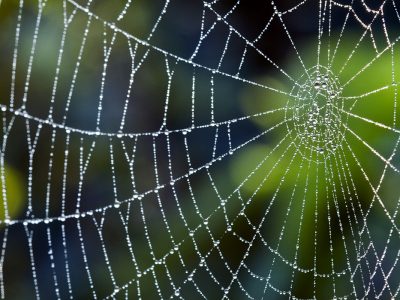
Myofascia
“Myo” refers to muscles and the fascial tissue that wraps around the muscles and even in between each muscle fiber! Muscle is actually enfolded within the fascia, therefore myo+ fascia means fascia of the muscles. In both Gyrotonic and ELDOA we specifically work on the myofascial connective tissue
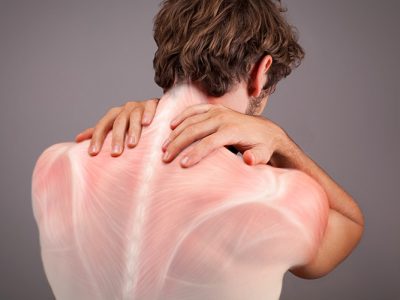
“Gluing”
Gluing is also known as thick bands of tissue, lumps and knots. Most everyone can relate to having “gluing” in some area of their body as a result of injury, surgery, bad exercise, poor posture and stress. Gluing forms when the fascial tissues of one muscle attach itself to a neighbouring fascial surface.

Friend or Foe?
In a healthy body, fascia gives energy! But if fascia is glued down and thickened, it will restrict movement and take away your freedom. The good news is fascia is trainable; during exercise it can be reorganized and hardened areas regain elasticity and slide again. Fascia is maintained through movement, or inhibited with lack of movement.
Our unique exercise methods train your fascia!
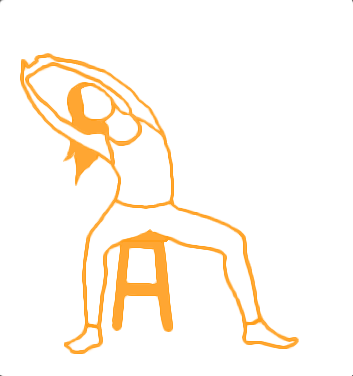
The Whole Body Approach
These methods incorporate the body as a whole, never isolating any movement. They activate long fascial chains across multiple joints, balancing the body and its connective tissue. Your fascia is prepared for anything! When you are not using your entire body for movement this web looses its elasticity and restricts movement.
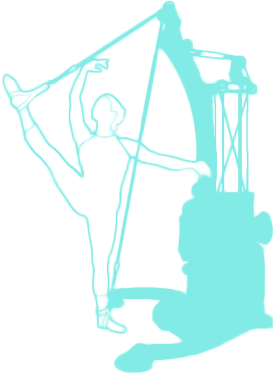
Stabilization through Contrast
During the movements, you are working to continuously create tension while at the same time reaching outwards. This strengthens weak connective tissue and stretches glued down, tight hardened bands. Additionally, a wide variety of intensity and tension is used to optimize and strengthen your fascia.
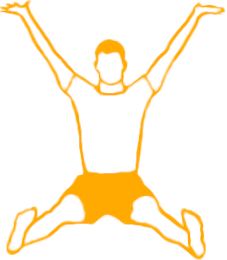
Variety
Fascia needs variety! These unique methods offer a wide variety of complex, three dimensional movement patterns that train your fascia to move in all directions! With repetitive movements/isolation and linear training, your fascia only learns to move in one direction. This can lead to fascial adhesions or injury.
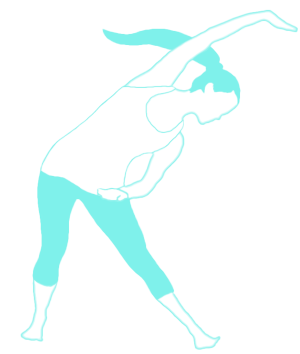
The Nervous System
There are 6-10X more proprioceptors in the fascia than in the muscle, called sensory neurons. When you stretch you are actually feeling it more in your fascia than in your muscle. These methods tap into your Nervous System and by moving with awareness, help create a lasting change.





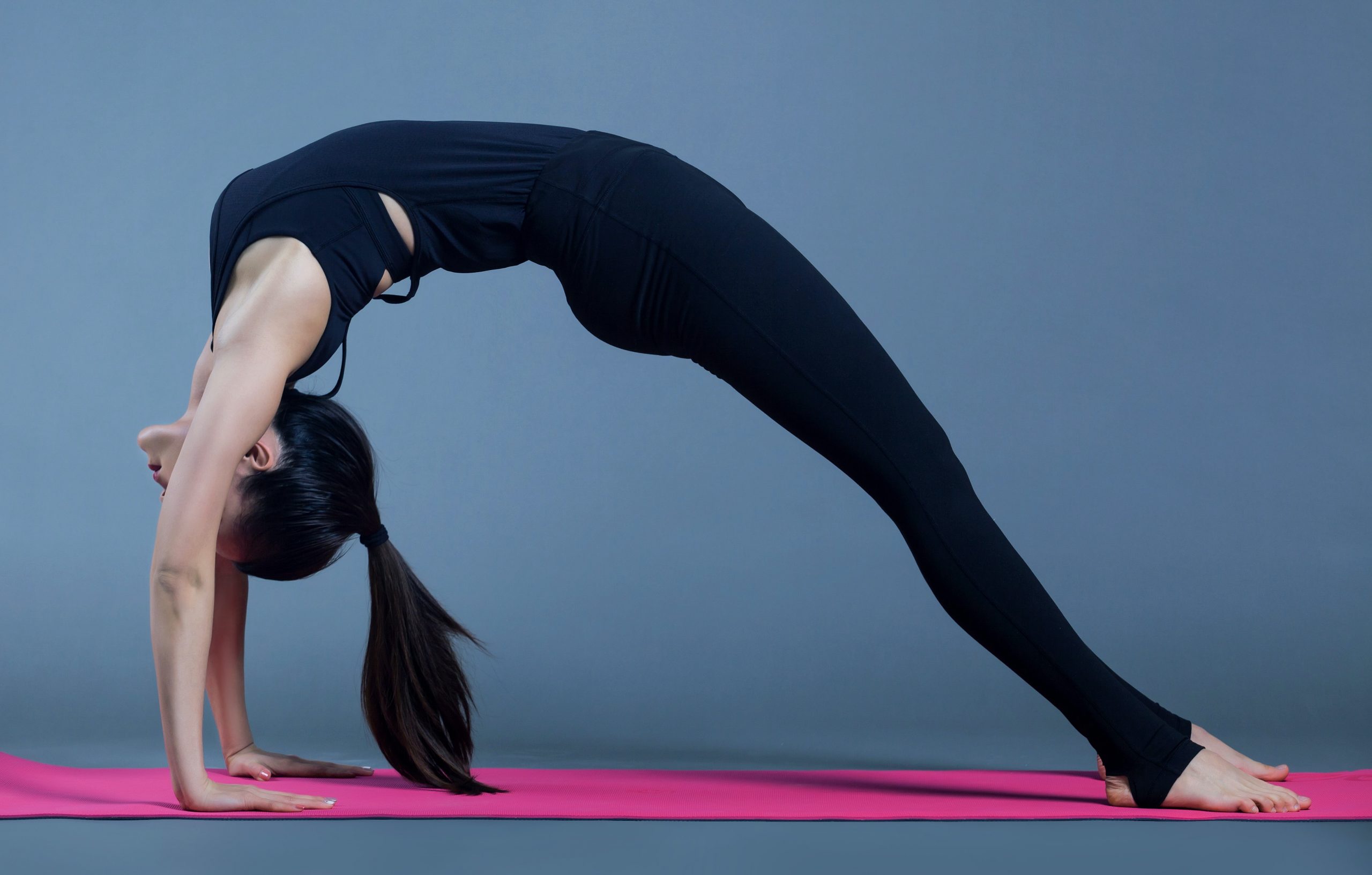

 by
by
No Comments
Sorry, the comment form is closed at this time.